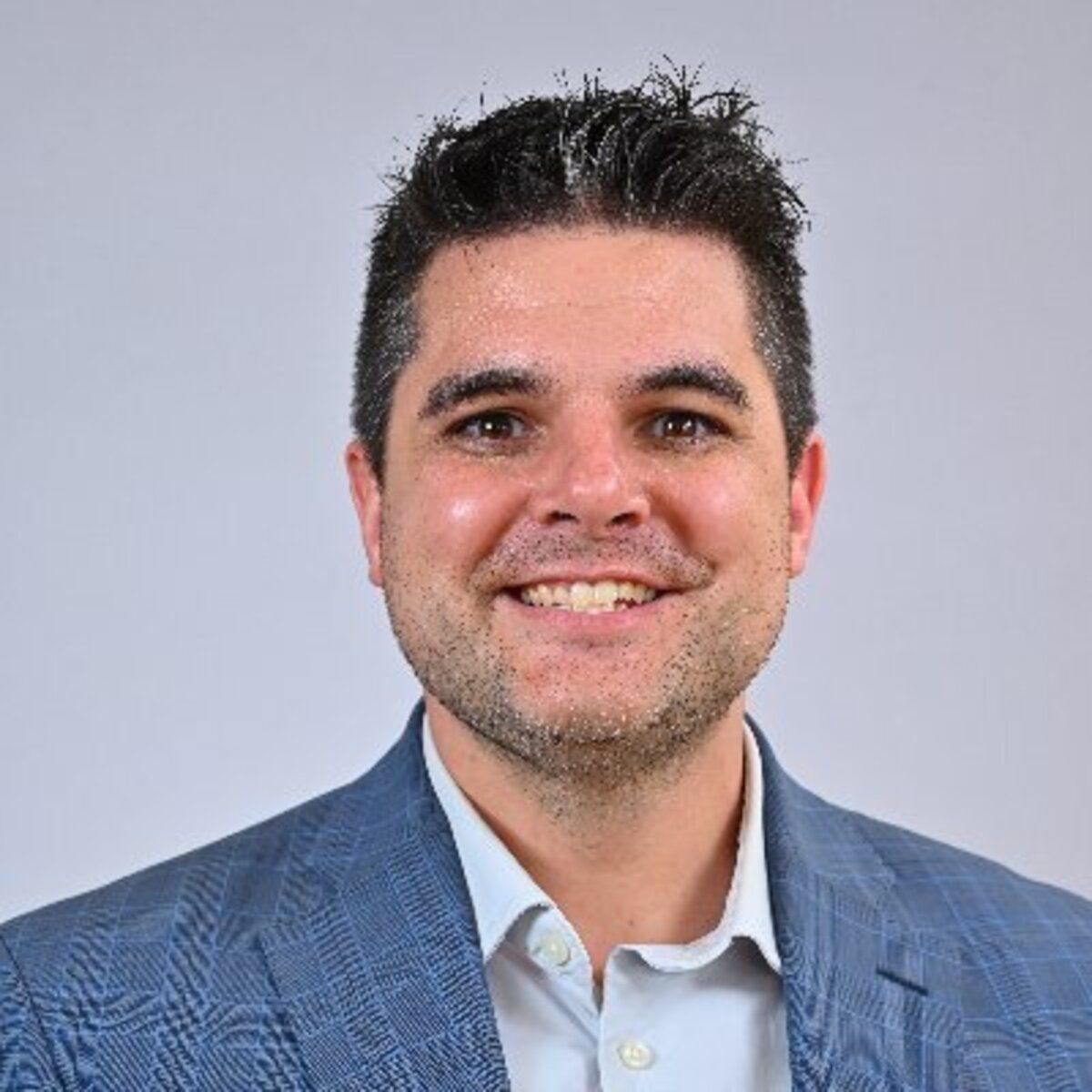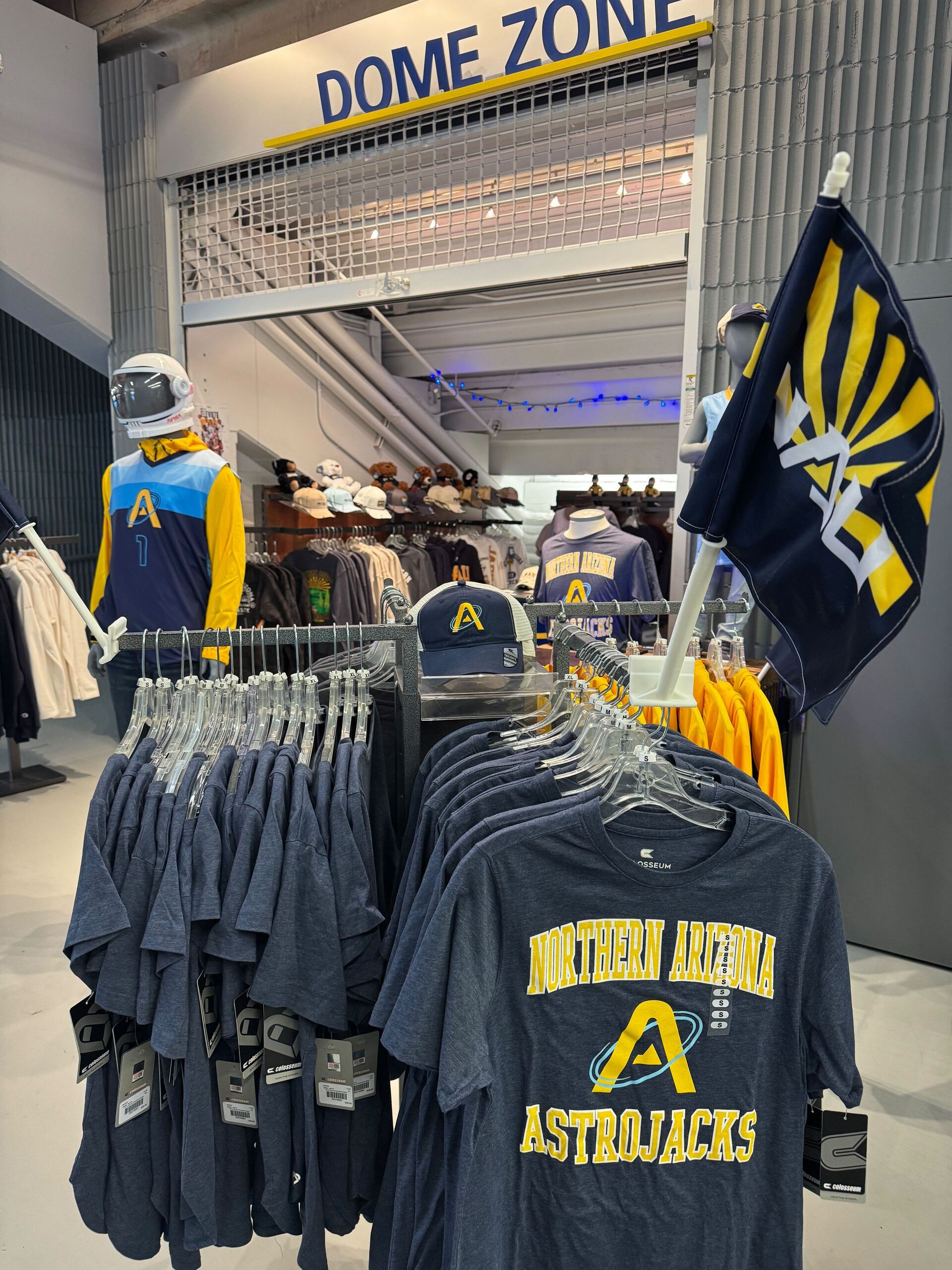Good morning, and thanks for spending part of your day with Extra Points.
We’re going to take a little bit of a Thanksgiving break here at Extra Points. We could all use a breather, and also, our data shows that folks don’t read their emails nearly as much over holidays.
If you need an Extra Points fix, I recommend playing our games, like Athletic Director Simulator 4000 or Who’s That Football Team. We’ll return next week.
But in the meantime, I’m happy to pass the mic over to regular Extra Points legal correspondent Sam Ehrlich of Boise State. He can help us understand what’s actually happening with the myriad eligibility lawsuits facing the NCAA. I’ll turn the time over to him:
GUEST POST: The long, long reach of Diego Pavia’s eligibility case
by Sam C. Ehrlich
When I last wrote for this esteemed publication back in July, I mentioned that, not including the original Diego Pavia case, there have been 25 lawsuits filed in the past year or so challenging the NCAA’s eligibility rules.
That number is now 41, and things are not slowing down. Athletes are still winning injunctions that force the NCAA to grant an extra year of competition — since mid-July, athlete-plaintiffs have done well, winning 11 of 21 cases — and their peers are noticing.
But lately, the landscape has gotten a bit more convoluted, thanks to two developments: Pavia’s victory (sort of) in his appeal and a move toward class-action litigation. Those developments have brought added confusion — for athletes, administrators, journalists and pretty much everyone paying attention. So here’s what’s changed and why it matters.
Development No. 1: Pavia wins his appeal … kind of
In October, the case that started this wave — Pavia v. NCAA — took an interesting procedural twist.
But let’s rewind for a moment. In December, when Pavia won his preliminary injunction to let him play this season, the NCAA responded in two ways: It announced it would appeal the decision to the Sixth Circuit Court of Appeals. And it also granted a blanket waiver, allowing all athletes in Pavia’s exact situation the opportunity to play an extra year in Division I in 2025. (The waiver applied to a narrow subset: anyone who had used at least one of their four seasons of eligibility in junior college and who was still within their overall five-year eligibility clock.) The decision to grant the blanket waiver while still appealing Pavia’s case was clearly meant to stave off copycats for a year; the NCAA was stalling in the hopes that the Sixth Circuit would reverse with a ruling that would close the litigation floodgates for good.
But the NCAA’s decision to both grant the waiver and continue the appeal ended up being something of an own-goal.
Want to read the rest of the newsletter? Subscribe today!
Premium Subscriptions make Extra Points possible. Upgrade today to get access to everything we write:
Upgrade to Premium for just nine bucks a month:

















